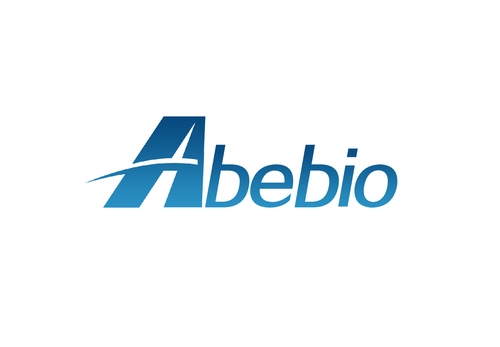Product Description
Human Soluble cluster of differentiation 14 (sCD14) ELISA Kit | KTE62286 | Abbkine
Application: This Human Soluble cluster of differentiation 14 (sCD14) ELISA Kit employs a two-site sandwich ELISA to quantitate CD14 in samples. An antibody specific for CD14 has been pre-coated onto a microplate. Standards and samples are pipetted into the wells and anyCD14 present is bound by the immobilized antibody. After removing any unbound substances, a biotin-conjugated antibody specific for CD14 is added to the wells. After washing, Streptavidin conjugated Horseradish Peroxidase (HRP) is added to the wells. Following a wash to remove any unbound avidin-enzyme reagent, a substrate solution is added to the wells and color develops in proportion to the amount of CD14 bound in the initial step. The color development is stopped and the intensity of the color is measured.
Detection Method: Colorimetric
Conjugate: N/A
Sample Type: Cell culture supernatants#Serum#Plasma#Other biological fluids
Assay Type: Multiple steps standard sandwich ELISA assay with a working time of 3-5 hours. It depends on the experience of the operation person.
Kit Component: • Human Soluble cluster of differentiation 14 microplate
• Human Soluble cluster of differentiation 14 standard
• Human Soluble cluster of differentiation 14 detect antibody
• Streptavidin-HRP
• Standard diluent
• Assay buffer
• HRP substrate
• Stop solution
• Wash buffer
• Plate covers
Features & Benefits: Human Soluble cluster of differentiation 14 (sCD14) ELISA Kit has high sensitivity and excellent specificity for detection of Human CD14. No significant cross-reactivity or interference between Human CD14 and analogues was observed.
Calibration Range: Please inquire
Limit Of Detection: Please inquire
Usage Note: • Do not mix components from different kit lots or use reagents beyond the kit expiration date.
• Allow all reagents to warm to room temperature for at least 30 minutes before opening.
• Pre-rinse the pipet tip with reagent, use fresh pipet tips for each sample, standard and reagent to avoid contamination.
• Unused wells must be kept desiccated at 4 °C in the sealed bag provided.
• Mix Thoroughly is very important for the result. It is recommended using low frequency oscillator or slight hand shaking every 10 minutes.
• It is recommended that all samples and standards be assayed in duplicate or triplicate.
Storage Instruction: The unopened kit should be stored at 2 - 8°C. After opening, please store refer to protocols.
Shipping: Gel pack with blue ice.
Precaution The product listed herein is for research use only and is not intended for use in human or clinical diagnosis. Suggested applications of our products are not recommendations to use our products in violation of any patent or as a license. We cannot be responsible for patent infringements or other violations that may occur with the use of this product.
Background: CD14 exists in two forms. It is either anchored into the membrane by a glycosylphosphatidylinositol tail (mCD14) or it appears in a soluble form (sCD14) . Soluble CD14 appears either after shedding of mCD14 (48 KDa) or is directly secreted from intracellular vesicles (56 KDa) .CD14 takes its name from its inclusion in the cluster of differentiation group of cell surface marker proteins. CD14 was the first described pattern recognition receptor.CD14 acts as a co-receptor (along with the Toll-like receptor TLR 4 and MD-2) for the detection of bacterial lipopolysaccharide (LPS) . CD14 can only bind LPS in the presence of lipopolysaccharide-binding protein (LBP) . Although LPS is considered its main ligand CD14 also recognizes other pathogen associated molecular patterns.
Alternative Names: CD14; CD14 antigen; monocyte differentiation antigen CD14
Search name: CD14; CD14 antigen; monocyte differentiation antigen CD14
Tag: CD14
 Euro
Euro
 USD
USD
 British Pound
British Pound
 NULL
NULL








